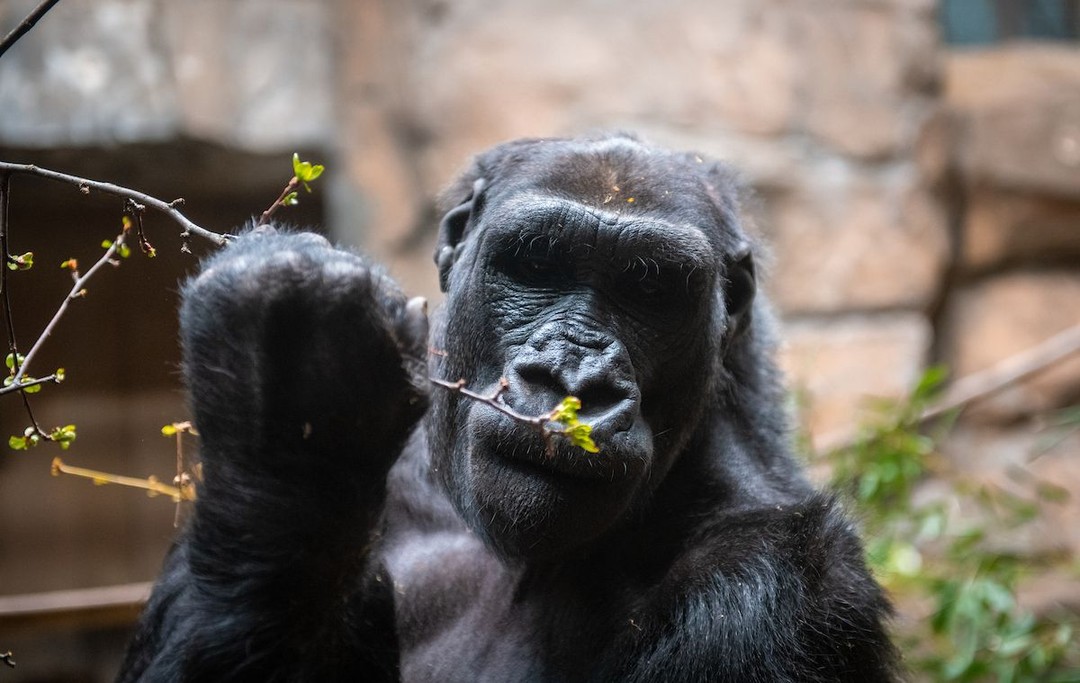- Overview of Cleveland Metroparks Zoo’s two-decade-long commitment to wildlife conservation and its global impact.
- Specific case studies of endangered species and habitat preservation projects supported by the zoo.
- Examination of conservation strategies employed by the zoo, including community involvement and scientific research.
- Discussion on the role of public education and awareness in fostering wildlife conservation efforts.
- Analysis of the benefits of conservation efforts on biodiversity, human communities, and future sustainability.
Cleveland Metroparks Zoo has been at the forefront of wildlife conservation for over two decades. The zoo’s commitment to preserving wildlife is more profound than merely housing animals. It extends globally, with initiatives that protect species, enhance habitats, and foster positive interactions between wildlife and human communities.
The zoo’s conservation efforts are multifaceted. They encompass in-situ and ex-situ strategies that seek to stabilize and increase animal populations while improving habitat conditions. Ex-situ conservation involves maintaining and breeding animals in controlled environments like the zoo, while in-situ focuses on protecting animals within their natural habitats. By combining these approaches, Cleveland Metroparks Zoo not only protects today’s species but also charts a hopeful course for future biodiversity.
One shining example of these efforts is their work with Eastern black rhinos. Native to Kenya, Tanzania, and South Africa, these majestic creatures face severe threats from poaching and habitat loss. The zoo collaborates with international programs to establish breeding initiatives and anti-poaching measures, significantly contributing to population growth in both captive and wild settings. It provides crucial resources, such as funding and expert-led training, to anti-poaching units that safeguard rhino habitats.
The survival of the Bornean orangutan has also been a priority. These primates, endemic to the island of Borneo, are critically endangered due to deforestation driven by palm oil production. Cleveland Metroparks Zoo supports local conservation groups working towards orangutan habitat preservation and reforestation. By doing so, it helps restore the orangutan’s natural environment and offers alternative livelihoods to communities, reducing dependency on deforesting activities.
Beyond direct species protection, the zoo plays a significant role in habitat preservation. A prime example is the initiative to rehabilitate the Cuyahoga River watershed. Local projects focus on improving water quality and aquatic life balance, essential for the health of the region’s ecosystem. By enhancing these habitats, the zoo contributes to the resilience of species that depend on these environments, from fish to birds and mammals.
These conservation projects are supported by scientific research, which underpins effective strategies for biodiversity preservation. The zoo’s research arm collaborates with universities and conservation bodies to study animal behavior, genetics, and ecology. These studies inform breeding programs, reintroduction efforts, and habitat management to ensure they are grounded in empirical evidence and adapted to evolving environmental challenges.
Public education and awareness are core components of the zoo’s strategy. By educating visitors, the zoo promotes a greater understanding of environmental issues and inspires action. Interactive exhibits and educational programs engage communities, especially young people, in conservation dialogue. This engagement fosters a new generation of environmental stewards, committed to sustainable living practices that support wildlife habitat preservation.
The zoo’s emphasis on community involvement is a cornerstone of their success. Collaborating with local populations in conservation areas ensures that initiatives are culturally relevant and socially inclusive. By combining traditional knowledge with scientific expertise, communities play active roles in wildlife protection. This partnership not only secures ecological benefits but also enhances social and economic resilience.
The broader impacts of these efforts on ecosystems and human populations are profound. Biodiversity conservation stabilizes ecosystems, which provide essential services such as pollination, clean air, and water filtration. Furthermore, protected areas often become pillars of local economies, attracting ecotourism and creating jobs while preserving natural resources.
Cleveland Metroparks Zoo’s global commitment underscores the importance of integrated conservation strategies that prioritize species, habitats, and human communities. Through dedicated research, education, and collaboration, the zoo continues to make strides toward ensuring the viability of our planet’s precious biodiversity.
*****
Source Description
It’s World Wildlife Day! Cleveland Metroparks Zoo has been working to protect around the world for more than two decades. Our wildlife conservation efforts protect species today and benefit wildlife, human communities and the habitats we share into the future. 🌎


